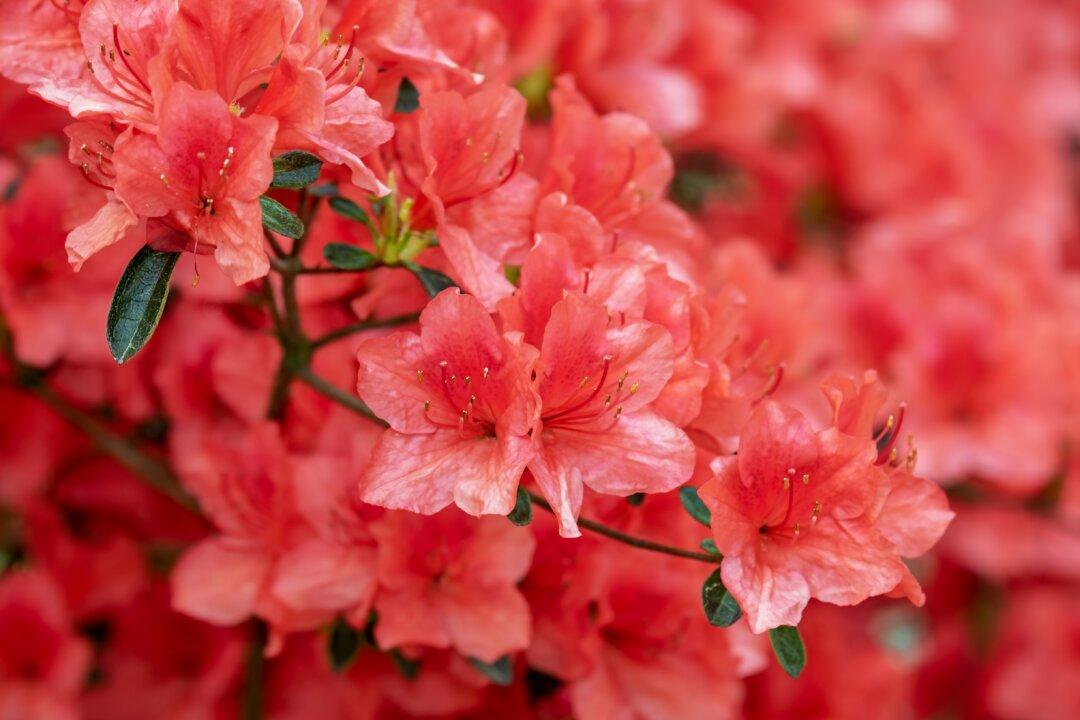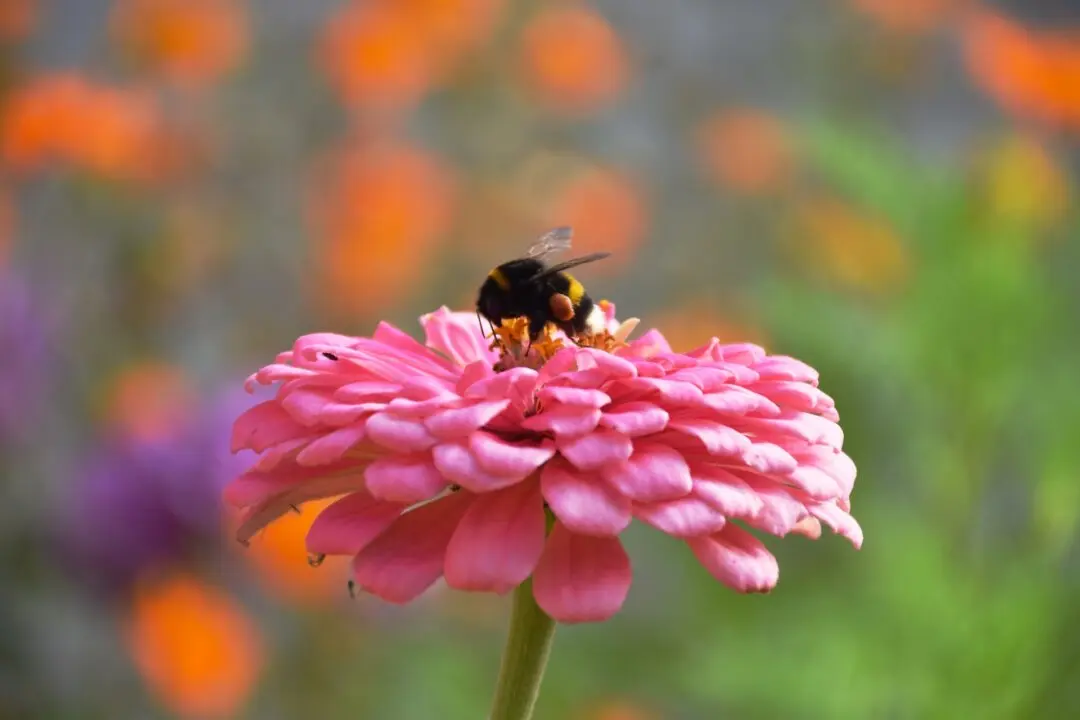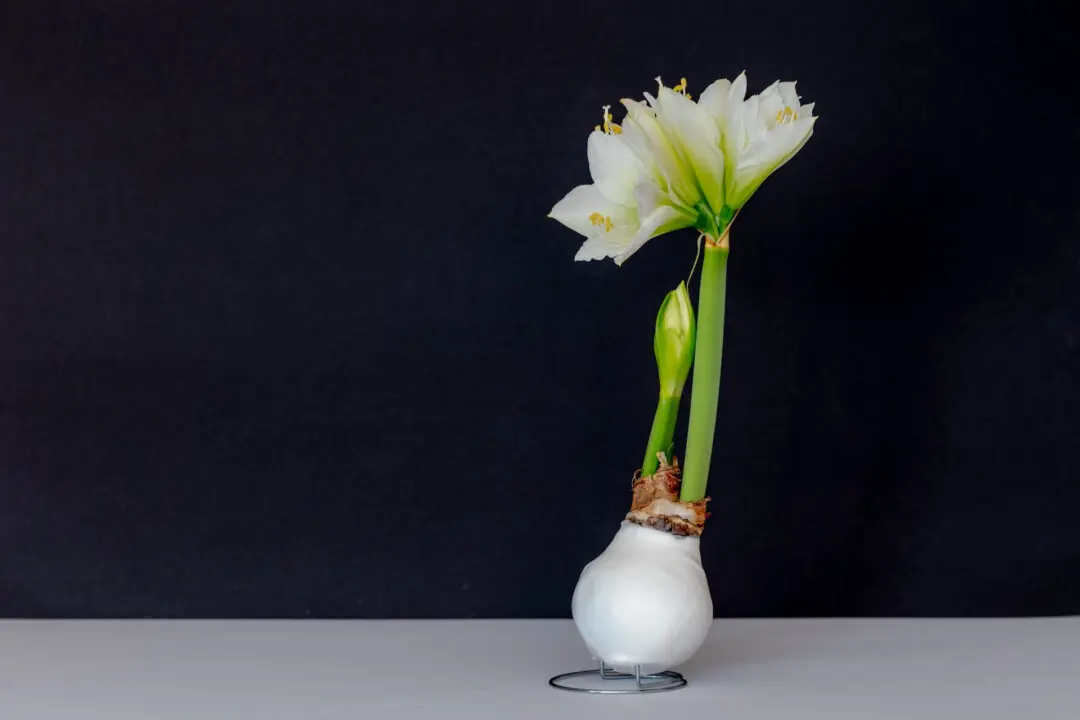Q: I have many native and hybrid rhododendrons. One of my hybrids is now blooming and covered in buds. The flowers are much smaller than usual, and this past spring it had hardly any blooms. Never have I seen this plant bloom at this time of year. Not complaining. Just confused.
A: Your rhododendron is more confused than you are and will probably be complaining soon as the weather gets colder and not warmer. Plants have different levels of auxins (hormones) that are in balance with one another and ebb and flow over time. As some auxins build up and others go down, the flower buds go dormant. In the spring, the process reverses, and the buds are released from dormancy. Some auxins build up or break down with fluctuations in temperature, water in the soil, and other environmental changes that may fool a plant into thinking spring has arrived.





